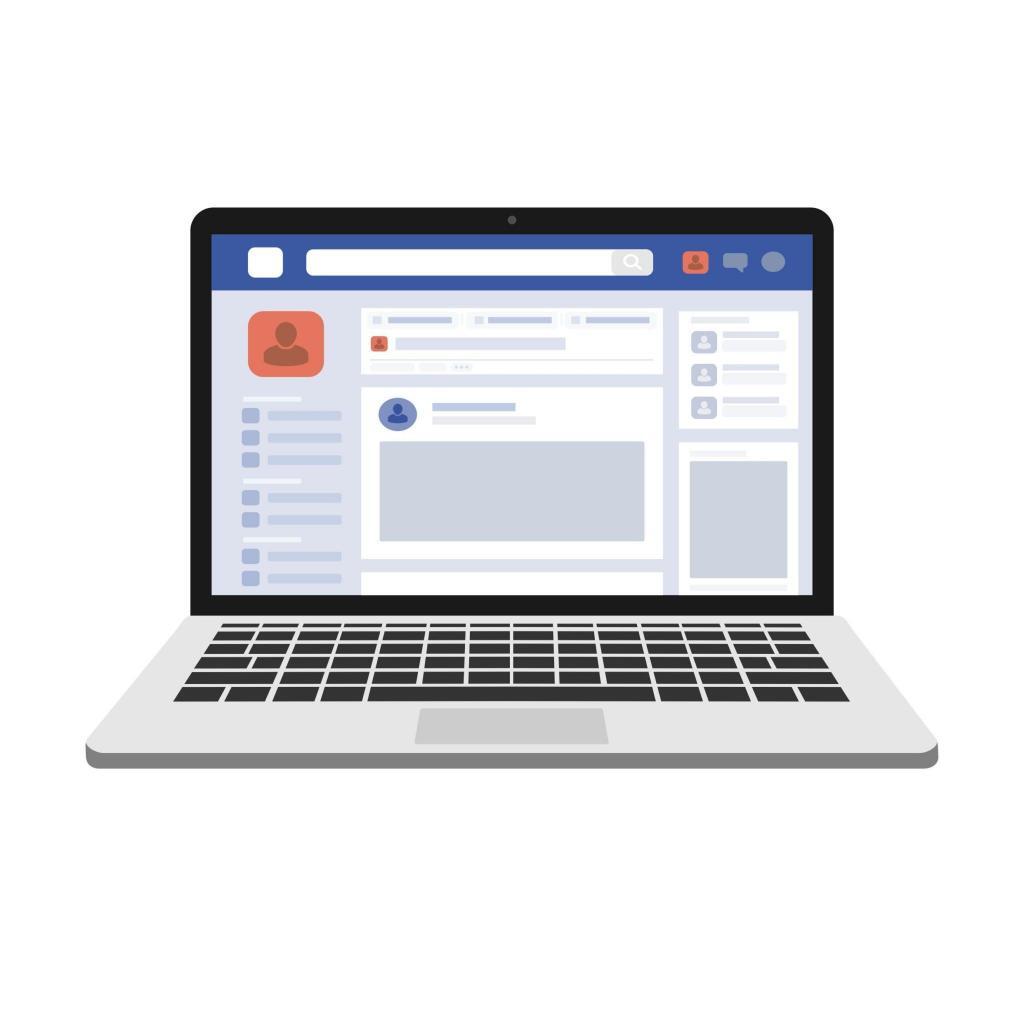
If you’ve been agonizing (or at least are a little conflicted) over whether to concentrate your marketing dollars in either Facebook paid advertising or PPC, I propose looking at your options in a different way. Instead of treating Facebook paid advertising and Google Ads as separate forces, think of them as one mega marketing force that can bring you far superior results when compared to those you get from treating them as separate strategies.
Facebook makes an incredible 99% of its revenue from advertising. In 2018, that translated into $55.8 billion, up nearly 40% from 2017. And with the recent release of first quarter results, analysts now expect Facebook’s total revenue to climb more than 23% this year.
Let’s take a brief look at how Facebook paid advertising works and how, when used in tandem with your PPC campaigns, can help control your digital marketing budget and increase returns on ad spend.
Choosing a Facebook Ads Strategy
Facebook advertising helps your brand connect with ideal target audiences who are most likely interested in your products and services. If you already use highly targeted Google Ads, you can retarget them on Facebook, allowing each marketing channel to help the other.
There are several types of Facebook ads you can use:
- Simple yet highly effective, Photo and Video ads are a great way to get started with Facebook advertising.
- Carousel and Slideshow ads use multiple photos or videos to showcase your products or services.
- Offered only for mobile devices, Collection ads feature products that customers can click to buy.
- Also mobile-only, Lead ads are great for collecting subscriptions because they’re specifically designed to make it easy for users to give you contact information without a lot of typing.
- Dynamic ads are used to promote targeted products or services to people most likely to be interested in them.
- Photo, Video, Carousel, and Dynamic ads can all be set to appear in Facebook Messenger, giving you access to the over 1 billion people who use Messenger every month.
Once you decide which type(s) of ad to use, and assuming you already have a Facebook business page, it’s an easy jump to the Facebook Ads manager or Business Manager where you create your Facebook ad campaigns.
Targeting Options
Facebook and Google ads both offer a range of advanced audience targeting options. Google Ads are ideal for combining keyword targeting with audience data (RLSAs) and Facebook rules when it comes to the demographic data they supply as part of your core targeting options.
Core, custom, and look alike audiences are the broad targeting streams available for advertisers on Facebook.
- Options available for core audiences are demographic, location, behavioral, and interest targeting.
- Custom audiences are created through existing audience and website data.
- For expanding reach, lookalike audiences let you find people who share similar characteristics such as demographics, likes and follows, job titles, etc. with your existing lists.
When you understand how each platform works, you can easily see how Google’s knowledge of sites visited and keywords used to get there when combined with Facebook’s detailed data on each user, can be used to broaden your targeted campaigns.
Budgeting for Facebook Paid Advertising
You have two budgeting options: Daily Budget and Lifetime Budget. Hubspot does a nice job of explaining the two. As with most PPC campaigns, a lower initial budget may be your best path as you learn the ropes and run your testing. But the more you learn about Facebook advertising and see the results, you’re most likely want to spend more later on.
How to Combine with PPC
The goal here is to use each marketing channel’s core strength to increase your reach, gain more customers, and increase ROI.
There are any number of ways to do this. One of the best is using a well-targeted Facebook campaign that motivates people to search for your brand name on Google. That’s because many people do a search rather then click directly on Facebook ads. You simply make sure your brand name is a keyword in your search campaigns while matching the messaging to your Facebook ads.
You can also use techniques like targeting your Facebook ad headlines as keywords, retargeting searching users with what they were searching for, and finding more people who are similar to your searching users (those lookalikes we talked about).
Putting it All Together
Looking at paid advertising from a different angle and changing your approach from Google vs Facebook ads to Google plus Facebook ads can improve your overall paid advertising results.
Interested in learning more about how to advertise on Facebook? Atkins Marketing Solutions can help you formulate an overall paid advertising strategy that includes both. To find out how, contact us online today or call us at 714.904.4453.
Stuart Atkins


Leave a Reply